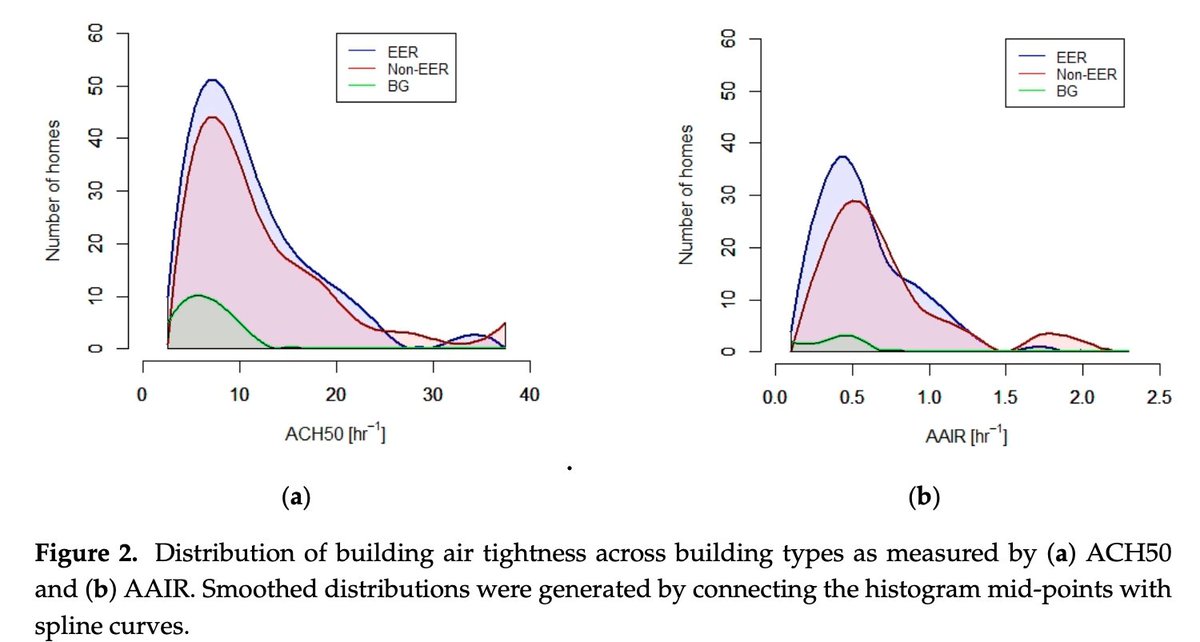
Environmental engineering professor, loves mountain biking & yoga, studies sources/health impacts/control of urban and indoor air pollution. PhD Berkeley.
4 subscribers
How to get URL link on X (Twitter) App





